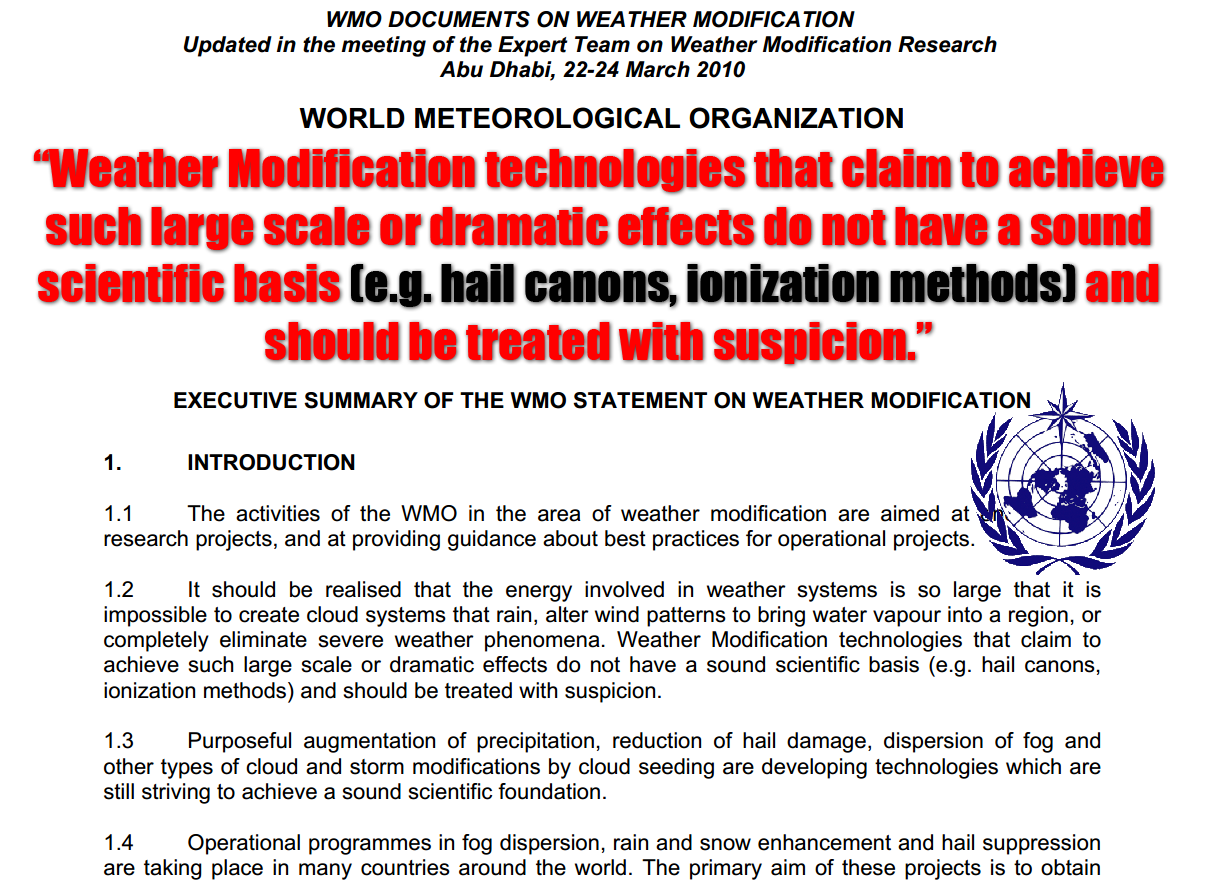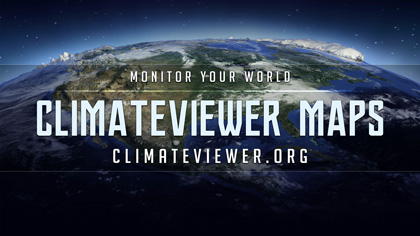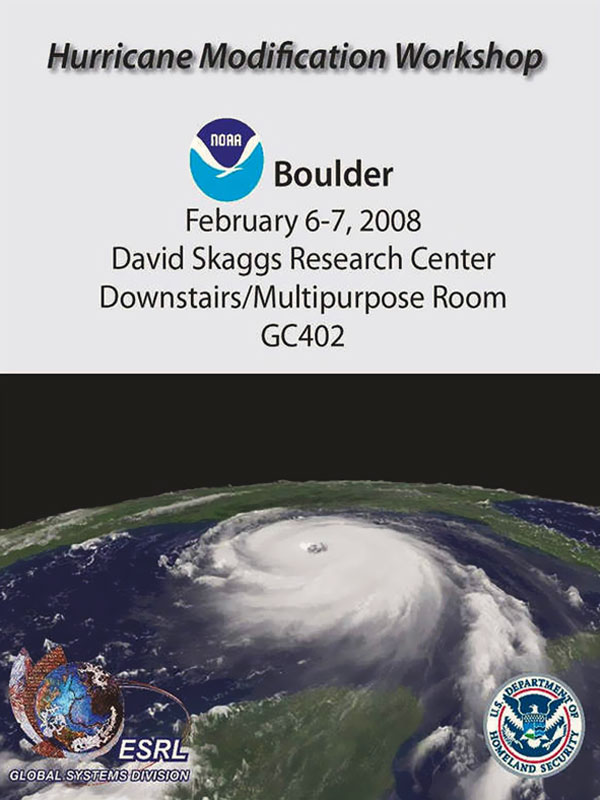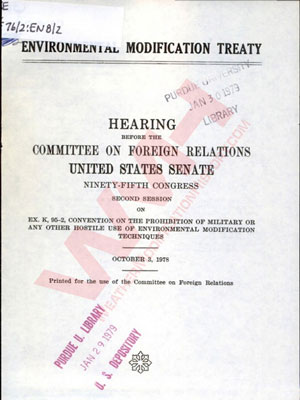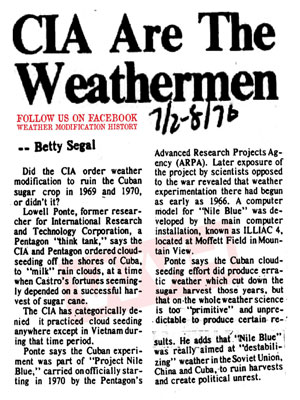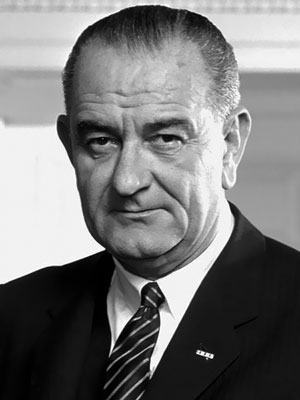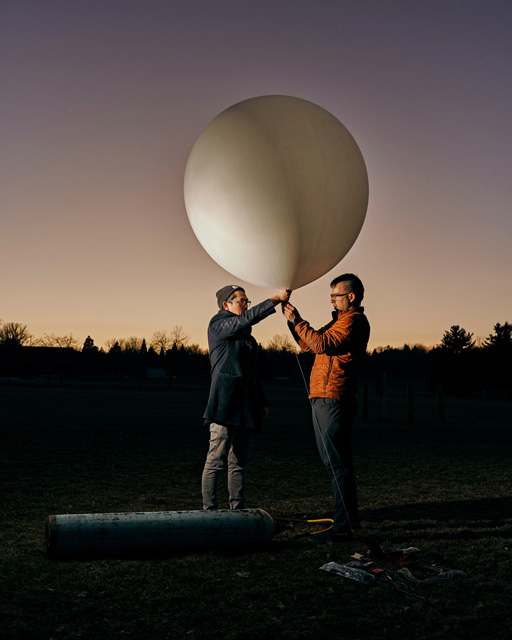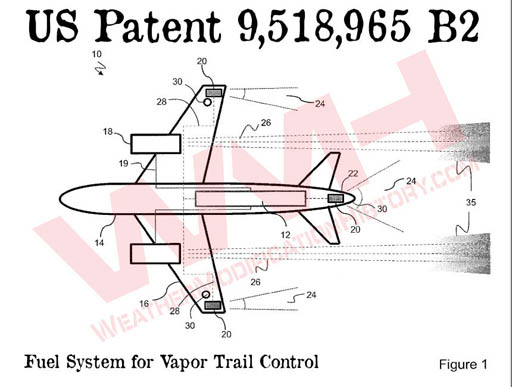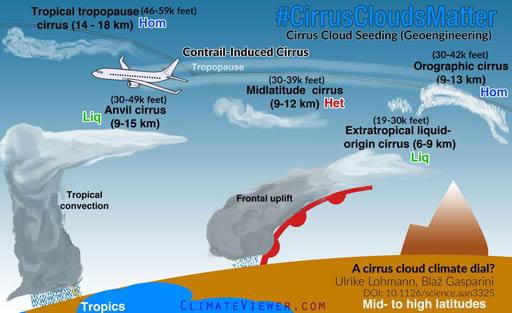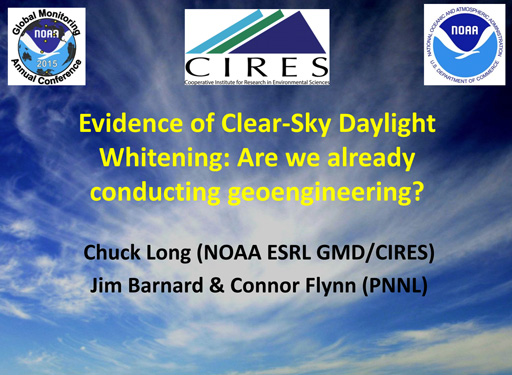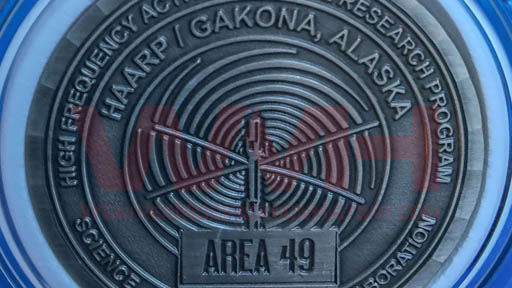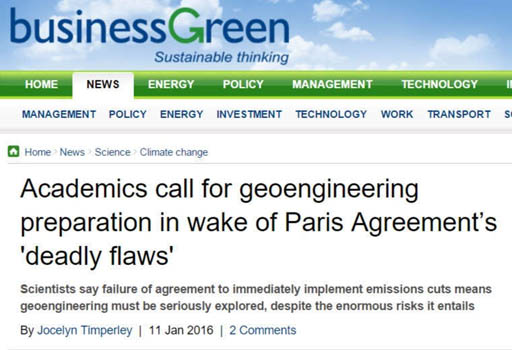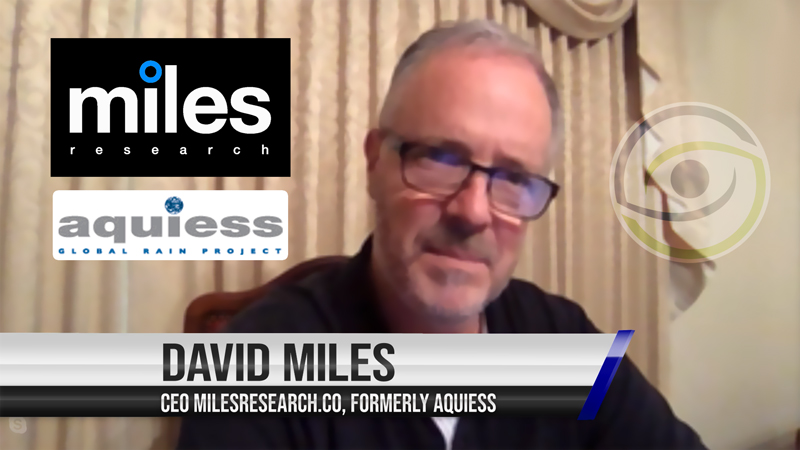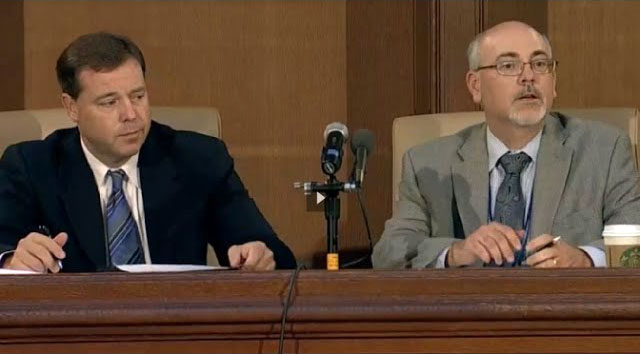UAE to Explore Innovative Rain-Inducing Concept with Leading Meteorologists
New NCMS project led by Prof. Giles Harrison will study the effects of electrical properties within clouds, and aim to induce rain at sites across the UAE
Alya Al Mazroui, Manager, UAE Research Program for Rain Enhancement Science: “This transformative concept has the potential to address the country’s long-standing water scarcity challenge”
Abu Dhabi-UAE: 24 April 2017 – The UAE Research Program for Rain Enhancement Science is collaborating with a team of leading meteorologists to develop a potentially ground-breaking technology revolving around the ‘electrical seeding’ of clouds, a theoretical concept that studies the effect of electrical charges on rain-bearing clouds.
Alya Al Mazroui, Manager of the UAE Research Program for Rain Enhancement Science, and senior officials at the National Center of Meteorology and Seismology (NCMS), are engaged in ongoing discussions with Prof. Giles Harrison, who specializes in Atmospheric Physics at the University of Reading, and with Keri Nicoll, a NERC Independent Research Fellow at the Department of Meteorology, University of Reading.
Prof. Giles Harrison, who is also a Second Cycle awardee associated with the UAE Research Program for Rain Enhancement Science, will lead the research.
The team is set to examine the electrical properties of clouds through a combination of theoretical and experimental work. As a first step, they will model the growth of charged drops to raindrops – even when the clouds are not charged – to the extent that leads to thunderstorms. Secondly, they will attempt to measure and modify the charges present in clouds using balloons and aircrafts.
An innovative aspect is the use of Unmanned Aerial Vehicles (UAVs) to artificially modify the electrical properties of the clouds. A promising attribute of the electrical seeding approach is that it leaves no local environmental residues, as the UAVs are electrically powered and hence pollution-free.
Following a series of visits, the Jebel Jais, Al Ain Airport, Al Ain radar station, Jebel Hafeet and Al Malaiha sites have been identified as potential sites for equipment installation and ongoing atmospheric monitoring. The collaboration also covers the project’s logistical requirements and arrangements for data sharing.
Commenting on Professor Harrison’s project, HE Dr. Abdullah Al Mandous, Director of the National Center for Meteorology and Seismology, said: “The success of the Emirates R & D program is evident at its third session, which has been demonstrated by the significant increase in the number of participating countries and research, A strong indicator of the importance of encouraging innovation and sharing knowledge and expertise through fruitful international partnerships. ” Pointing out that the support of the Center for this project demonstrates the commitment to strengthen research cooperation with senior scientists from around the world to enhance global water security.”
Alya Al Mazroui said: “We are delighted to be working with Professor Harrison and his team on this highly transformative project. This project holds great promise to a water-stressed country like the UAE. Moreover, the project links directly to the UAE Research Program for Rain Enhancement Science’s aim of providing real solutions to the challenges of water scarcity. We look forward to supporting the professor’s innovative work through our technical resources and resident expertise. We are also confident that such projects will reaffirm the status of Abu Dhabi and the UAE as an international center of excellence for rain enhancement research.”
For his part, Prof. Harrison said: “An analysis of the potential of electrical charges to enhance rainfall could offer new techniques for boosting precipitation levels. The UAE Research Program for Rain Enhancement Science is playing a unique role in facilitating the growth of productive international scientific networks while ensuring that researchers have access to the materials, equipment and data that they need.”
Once suitable sites have been selected, Prof. Harrison’s team anticipates installing equipment including a laser-equipped ciliometer along with other instruments later in 2017. Following the creation of the field sites and the gathering of initial results, the team will make weather soundings with balloons equipped with enhanced measurement technology followed up by further measurements and, potentially, delivery activities with UAVs.
Launched by the Ministry of Presidential Affairs of the UAE and overseen by the UAE National Center of Meteorology and Seismology (NCMS), the UAE Research Program for Rain Enhancement Science offers US$5 million in grant assistance to encourage scientists and researchers to explore new horizons in developing rain enhancement science and technology. The Program is also a rallying platform that facilitates international cooperation through advancing research and innovation in the field of rain enhancement.
Due to its success in creating a cluster of leading experts in the field, the program’s first cycle awardees are already producing ground-breaking work on precipitation enhancement in arid and semi-arid regions based on algorithms, the use of nanotechnology to accelerate water condensation, and cloud seeding optimization based on the study of convergence zones and land cover modification to enhance precipitation.
Further projects commencing this year will investigate ice production processes in cumulus clouds and the role of atmospheric aerosols in precipitation enhancement. The results achieved so far demonstrate the Program’s position as a global focal point for researching and networking, and help consolidate Abu Dhabi’s and the UAE’s status as world leaders in this scientific field.
The Program is set to move from strength to strength in facilitating the active knowledge transfers needed to ensure sustainable development and economic growth in those regions of the world that are most vulnerable to aridity and water shortages.
References
https://climateviewer.com/2015/05/28/how-texas-stole-californias-rain/
External
www.uaerep.ae/en/media-videos/22
www.uaerep.ae/en/app/fact-sheet/19
gulfnews.com/news/uae/environment/cloud-seeding-drones-heading-to-uae-1.2016616
Patent
SYSTEMS AND METHODS OF INDUCING RAINFALL
United States Patent Application 20160165813
Inventors: Wilkins, Donald F. (O’Fallon, MO, US)
Assignee: The Boeing Company (Huntington Beach, CA, US)
The system in accordance with claim 1, wherein said precipitation system comprises: an ion generator coupled to said aircraft, wherein said ion generator is configured to electrically charge particulate matter from the ambient environment such that the particulate matter fuses together forming the particle; and a refrigeration system coupled to said aircraft, wherein said refrigeration system is configured to cool the particle to a second temperature lower than the first temperature such that moisture in the air condenses on the particle.
www.freepatentsonline.com/y2016/0165813.html
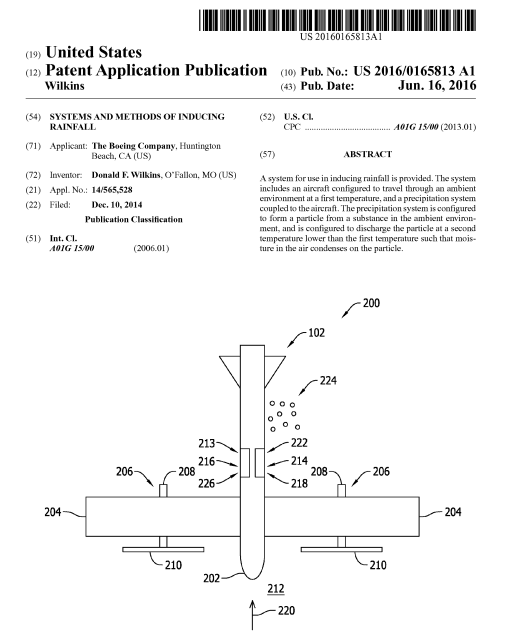
Prof Giles Harrison
Professor of Atmospheric Physics
www.met.rdg.ac.uk/~bl_met/people/giles.html
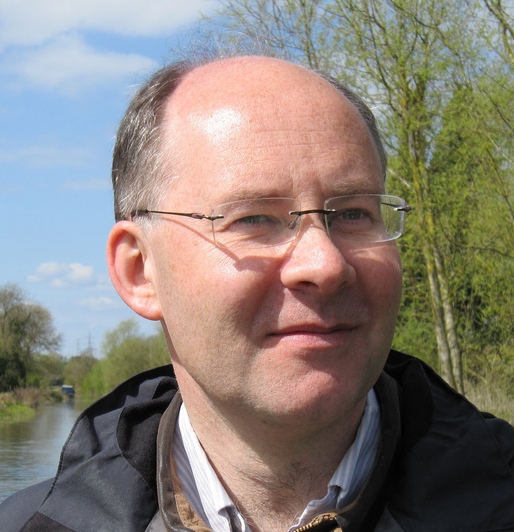
Dr Keri Nicoll
NERC Independent Research Fellow
www.met.reading.ac.uk/userpages/jq902220.php
www.met.reading.ac.uk/~jq902220/

Google Scholar “Nicoll Harrison Ionization”
scholar.google.com/scholar?q=nicoll+harrison+ionization
